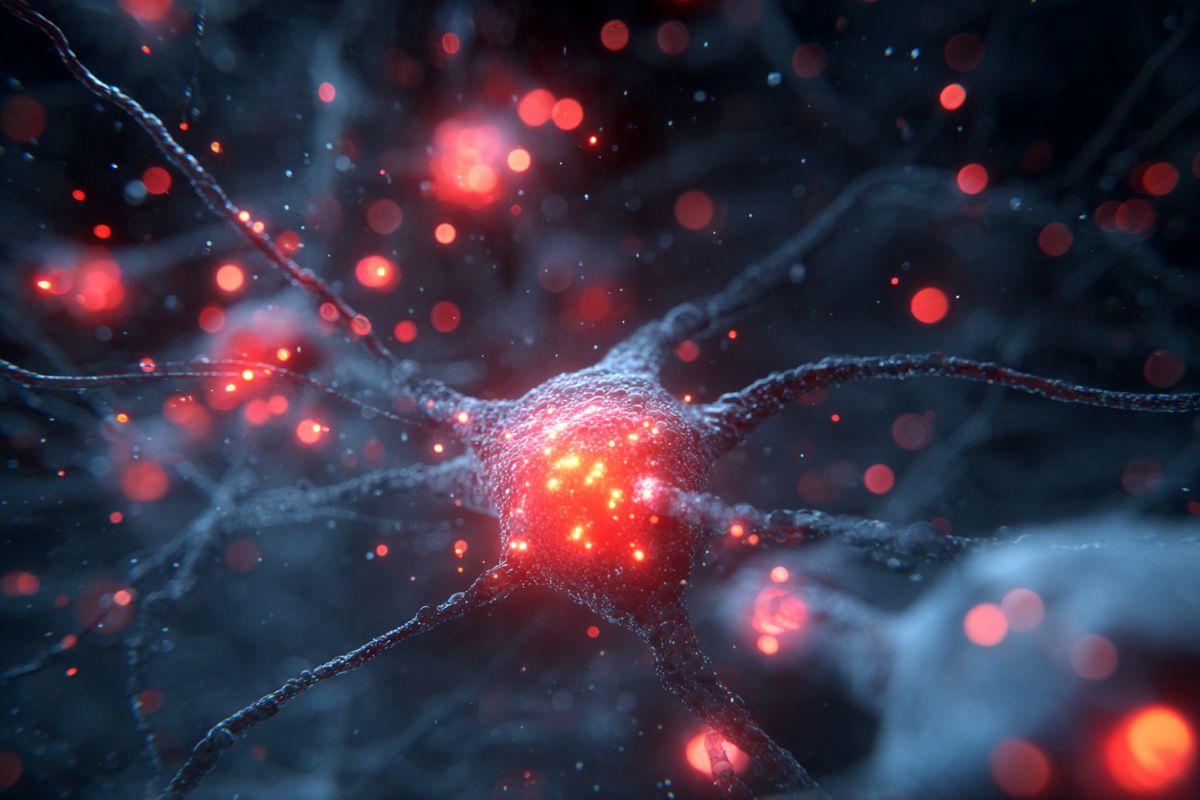Oct 10, 2025
Summary: Researchers have identified a rare type of brain cell that may drive the chronic inflammation and neurodegeneration seen in progressive multiple sclerosis (MS). These cells, called disease-associated radial glia-like (DARG) cells, appear six times more often in patients with progressive MS than in healthy individuals.
DARGs revert to an early developmental state yet also show premature aging, releasing inflammatory signals that accelerate brain cell damage. The discovery could pave the way for targeted treatments that either repair or remove these dysfunctional cells, marking a major step toward halting disease progression.
Key Facts:
- Newly Identified Cell Type: DARGs are radial glia-like cells found in high numbers in progressive MS, linking abnormal development to neurodegeneration.
- Inflammatory Role: These cells release immune signals that induce premature aging in nearby brain cells, worsening inflammation and damage.
- Therapeutic Potential: Targeting or eliminating DARGs could lead to the first disease-modifying treatments for progressive MS.
Source: University of Cambridge
Scientists have identified an unusual type of brain cell that may play a vital role in progressive multiple sclerosis (MS), likely contributing to the persistent inflammation characteristic of the disease.
The discovery, reported today in Neuron, is a significant step towards understanding the complex mechanisms that drive the disease and provides a promising new avenue for research into more effective therapies for this debilitating condition.

MS is a chronic disease in which the immune system mistakenly attacks the brain and spinal cord, disrupting communication between the brain and the body. While many individuals initially experience relapses and remissions, a significant proportion transition to progressive MS, a phase marked by a steady decline in neurological function with limited treatment options.
To model what is happening in the disease, researchers at the University of Cambridge, UK, and National Institute on Aging, US, took skin cells from patients with progressive MS and reprogrammed them into induced neural stem cells (iNSCs), an immature type of cell capable of dividing and differentiating into various types of brain cells.
Using this ‘disease in a dish’ approach, the team observed that a subset of the cultured brain cells was somehow reverting to an earlier developmental stage, transforming into an unusual cell type known as radial glia-like (RG-like) cells.
Notably, these cells were highly specific and appeared approximately six times more frequently in iNSC lines derived from individuals with progressive MS compared to controls. As a result, they were designated as disease-associated RG-like cells (DARGs).
These DARGs exhibit characteristic features of radial glia—specialized cells that serve as scaffolding during brain development and possess the capacity to differentiate into various neural cell types.
Essentially, they function both as structural support and as fundamental building blocks, making them critical for proper brain development. Unexpectedly, DARGs not only revert to an ‘infant’ state but also display hallmark features of premature aging, or senescence.
These newly identified DARGs possess a distinctive epigenetic profile—patterns of chemical modifications that regulate gene activity—although the factors influencing this epigenetic landscape remain unclear.
These modifications contribute to an exaggerated response to interferons, the immune system’s ‘alarm signals,’ which may help explain the high levels of inflammation observed in MS.
Professor Stefano Pluchino from the Department of Clinical Neurosciences at the University of Cambridge, joint senior author, said: “Progressive MS is a truly devastating condition, and effective treatments remain elusive. Our research has revealed a previously unappreciated cellular mechanism that appears central to the chronic inflammation and neurodegeneration driving the progressive phase of the disease.
“Essentially, what we’ve discovered are glial cells that don’t just malfunction – they actively spread damage. They release inflammatory signals that push nearby brain cells to age prematurely, fuelling a toxic environment that accelerates neurodegeneration.”
The team validated their findings by cross-referencing with human data from individuals with progressive MS. By analysing gene expression patterns at the single-cell level—including new data exploring the spatial context of RNA within post-mortem MS brain tissue—they confirmed that DARGs are specifically localised within chronically active lesions, the regions of the brain that sustain the most significant damage.
To continue reading this article, click here:
https://neurosciencenews.com/neurotech-inflammation-ms-29799/
To continue to receive MS news stories, click here

Stay informed with MS news and information - Sign-up here
For MS patients, caregivers or clinicians, Care to chat about MS? Join Our online COMMUNITY CHAT



